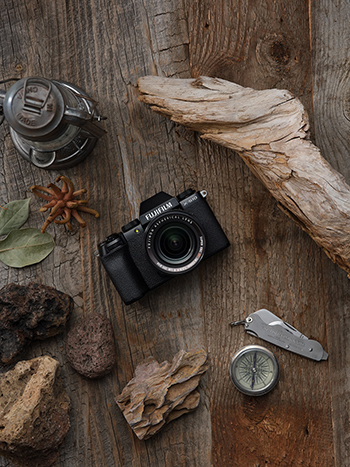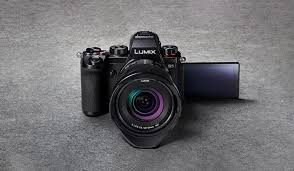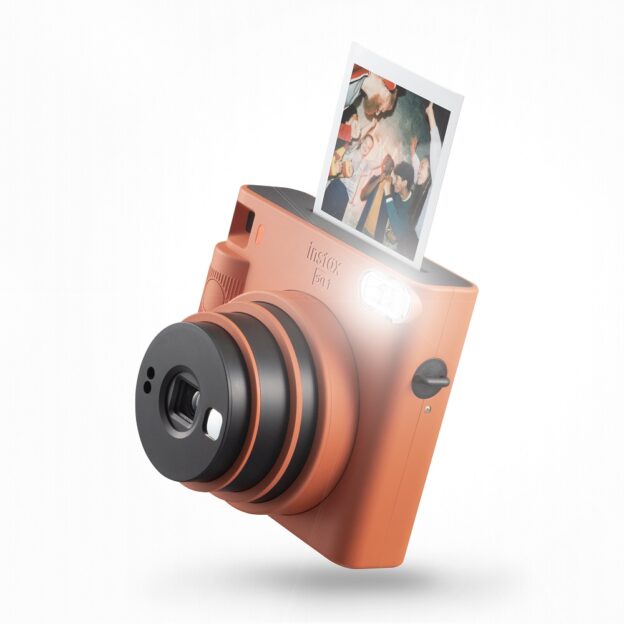 1.jpg)
The year 2020 has been challenging for the industry to say the least. But while things are starting to look up, every brand is doing their bit to bounce back to normalcy. Undoubtedly, these difficult times require an undying attitude and an appetite to look beyond the usual. Fujifilm believes that they have cracked this code as Haruto Iwata, Managing Director, Fujifilm India spoke to Bhavya Desai about their never stop attitude and more. Excerpts:
2020 has been a challenging year to say the least. How has Fuji as a company and its people coped with the pandemic?
The Covid-19 outbreak has an enormous impact on brands across all industries. From a decrease in the consumer confidence, restricted mobility and loss of jobs, it has caused a recession like situation with subsiding consumerism. At Fujifilm, we aim to create meaningful advancements for our customers and communities by enhancing the quality of life of people worldwide with top priority to ensure the safety and wellbeing of our employees and communities.
To function in the new normal, we have enforced work from home, restriction/limitations on travel, complete sanitization of our offices, hygiene protocols and social distancing norms across our offices in India. Apart from these lucrative steps, we have been continuously initiating health check-ups across cities in India, especially in remote areas and associations with hospitals to drive awareness around the early detection of breast cancer amidst lockdown.
At the community level, we have also introduced various online workshops to help our customers utilise their time and give our business a chance to forge an instant connection with them. While we are embracing a never seen before and lasting impact of Covid-19, it is important for all of us to stay positive and strong for each other.
What has been the overall impact on the business this year and how have you mitigated this challenge?
The occurrence of Covid-19 has changed the face of many industries and led to a stressful time. As we continue to navigate through the global pandemic, our business strategy continues to resonate with our customers as they manage through these unprecedented times.
While the first half of the year was challenging for individuals and businesses alike, we’ve witnessed a swift recovery in our business and a favourable consumer sentiment in the second half.
With rising numbers of customers on the digital bandwagon, the key task at hand for us was to revisit our approach and make them more tech-savvy. We introduced various online workshops for camera enthusiasts with Zack Arias, Daboo Ratnani and Valentina Vee. We even conducted interactive sessions like INSTAX Doodle Art Contest to help our customers utilise their time and give our business a chance to forge an instant connection with them.
At Fujifilm, we have always aimed at creating meaningful advancements and in the last few months, we have taken several measures to ensure safety both internally and externally. In line with our philosophy of ‘Value from Innovation’ and our ‘Never Stop’ attitude, we will continue to showcase our unwavering commitment and never stop building on our innovations and expertise.
What is the future roadmap of the country given the current scenario of the industry?
The pandemic has reshaped the way we live, breathe and conduct business. It has brought the global economy to a complete standstill causing challenges to businesses across sectors. Till a vaccine is found, industries are looking at solutions that can help them bounce back and we have noticed that the role of technology is absolutely critical in making this happen.
For most businesses, the key challenges are travel, fewer staff at offices and factories and lack of face to face communication. Looking at the current scenario, Industry 4.0 technologies can play an important role in the return to normalcy.
How has been the response for Fuji products this year? Can you share the market share across the product segments (eg. mirrorless, medium format, instant cameras)?
The Covid-19 has led to a paradigm shift in consumer behaviour. The way we work, shop and communicate with people has changed more than any other disruption; including technological ones in the recent past. While, it may not be business as usual, but our customers still depend on our products and services at large.
Building onto our customer experience, we virtually launched our flagship camera, the X-T4 in May 2020. Thus, being the first ones in the industry to modify our product launch strategy keeping in mind our community-first approach, especially during these times. We believe that it is all about adapting your product offerings, marketing language and availability according to the business environment. The new additions, have been well received and gave a boost to our festive season sale this year.
Do you feel the strategies (eg. marketing, retail, online) adopted during these times are only isolated to the current scenario or they might get absorbed into regular business?
There is no denying that these are stressful times and the pandemic has changed the face of many industries. With most of the consumers now at home practicing social distancing, their online presence has increased as social media platforms have become the primary means of communication with others. We at Fujifilm are following a similar approach and are using social media platforms like Instagram, Facebook, Twitter, YouTube to disseminate valuable messages to our consumers.
As the community moves beyond the survival mode, we believe that the digital-adoption momentum is likely to carry forward and become permanent. This inflection point is primarily shaped by two major shifts in customer behaviour i.e. the reluctance to mingle in crowded public places and higher propensity for digital adoption.
Marketers across industries are redesigning their business models and the imaging solutions industry is no exception. Consumers are likely to opt for online shopping even after the outbreak ends and this change is being witnessed in the imaging industry as well.

What is the expectation with the new launch of the X-S10?
With the newly launched FUJIFILM X-S10, we wanted to deliver a lightweight mirrorless camera body equipped with state-of-the-art technology to exhibit the best for our photographer community. We will be committed to our endeavours with our motto, NEVER STOP innovating to create new game-changers and contribute to the needs of our customers and partners.
For the X-S10 camera, we will be targetting photography journalists, semi-professionals, and expert photographers. We expect it to be a hit amongst the wedding photographers as well. Given a lot of buzz around the X-S10 camera, we’re confident that this new launch too, will replicate the success of our flagship X-T4 camera, and will garner the desired results for us.











 16.jpg)
 17.jpg)

 13.jpg)


 15.jpeg)



